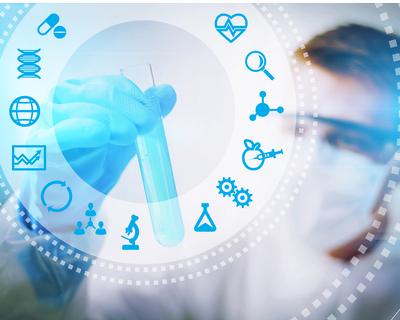In the last 20 years, billions of dollars have been spent on the development of more sustainable fuels and chemicals. Yet this revolutionary threat has not lived up to the hype. Chemical companies dealing with low oil prices and margins have every right to be skeptical of the bio-based solutions that have pretty much failed to reach economic viability.
At the same time, consumer markets have changed dramatically. Both millennials and their parents have embraced the shared economy, social networking, continuous communication, asynchronous media, gaming, GPS, and soon artificial intelligence—essentially valuing “information” far greater than the built environment—cars and homes and the chemicals they are made from. Indeed, consumer markets have changed dramatically with two big exceptions: continued concerns over individual health and the impact of global warming. These are issues that do pose a significant threat to the chemical and allied industries.
To be sure, heavy industries have thus far escaped the turmoil associated with information technologies, but that is about to change. Enter “synthetic biology,” the next wave of biotech. More than new biology, this revolution is a collision of genetics, information science, and robotics. The impact of software and artificial intelligence will no longer be limited. As Aspen software simplified and sped up petrochemical process design, new software tools have simplified and sped up micro-organism design. At the same time, robots are replacing scientists at the bench, speeding up organism construction and high throughput screening, increasing productivity and reducing cost.
Cells and their metabolic pathways are the heart of a bio-refinery. Micro-organisms effectively convert feedstock to product in a single step, but their chemical intermediates are very different from those in a petrochemical refinery, and those intermediates cut across traditional silos we typically associate with industries far beyond chemicals. In an oil refinery, cuts are processed into gasoline, diesel, jet fuel, lubricants, waxes, asphalt, PE, PP, etc., and these end products and building blocks are all of a kind. Bio-catalysts and allied technologies, hybrids of the petrochemical and biological, build from different chemistries.
Readers may be aware that artemisinin (an anti-malarial currently extracted from Artemisia annua), squalene (a highly sought after emollient precursor extracted from shark liver), renewable lubricants, and C15 renewable diesel are all made from the same organism and isoprenoid pathway by Amyris Biotechnologies. DuPont sold its nylon business, but kept bio-based propanediol, a molecule the company tried to make with petroleum, but could not since the 1940s.
If we continue to think of the chemical industry as selling more or less commodity products to packaged goods companies like Procter & Gamble and Unilever, then concerns over nickels and dimes and working to meet a specification makes sense. However, if we think strategically about our customers and the demands of the end consumer, the world looks very different.
Taking the end customer point of view…
She is demanding not only that her personal care products are sustainable and not just less toxic, but that they are biodegradable. What if Procter & Gamble or Unilever products were not just less toxic, not just biodegradable, but edible?
Let’s take it a step further – what if you could manufacture packaging that was not just edible, but good for you?
What if this resulted in weight reduction, helped create healthy microbiomes, or led to happier, better lives?
Sound like snake oil?
Take a look at WikiFoods from Quantum Designs, Inc. and look at the work of Intrexon.
We may think we’re in the chemical industry, but in the future, we will be in the sustainable functionalized carbon industry. A biological revolution is underway. The revolution is driven by consumer preferences for more natural products as well as a fundamental desire to preserve the planet we live on. Rare, expensive, or labor-intensive, politically sensitive ingredients previously made from petroleum or extracted at low concentrations can now be cultured like wine and cheese. This impacts everything from space exploration, flavors and fragrances, food, agriculture, pharmaceuticals, nutriceuticals to personal care and every heavy industry in-between, without incurring the wrath of PETA.
No doubt some of this is still years away and many of these companies will fail, but you need to know now. We will tell you which is which and why in a series of multi-client reports analyzing the impact of synthetic biology on the chemical industries.
Kline and Chemical Strategies Group will address the impact of the biological sciences on the chemical industry. The first report will focus on personal care ingredients and describe the future of emollients, packaging, anti-microbials, and other segments. In addition, we will provide an analysis of companies like Intrexon, the Life Sciences group of REG, Ginkgo BioWorks, and Zymergen. We will also look at the future of production of higher alcohols, diols, esters, diacids, amides, amines, alpha olefins, alkanes/parafins, olefins, aldehydes, ketones, acetates, and waxes.

